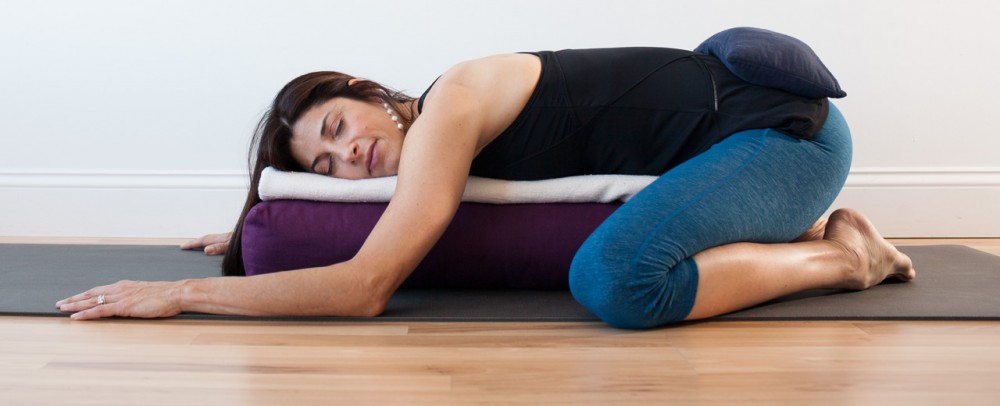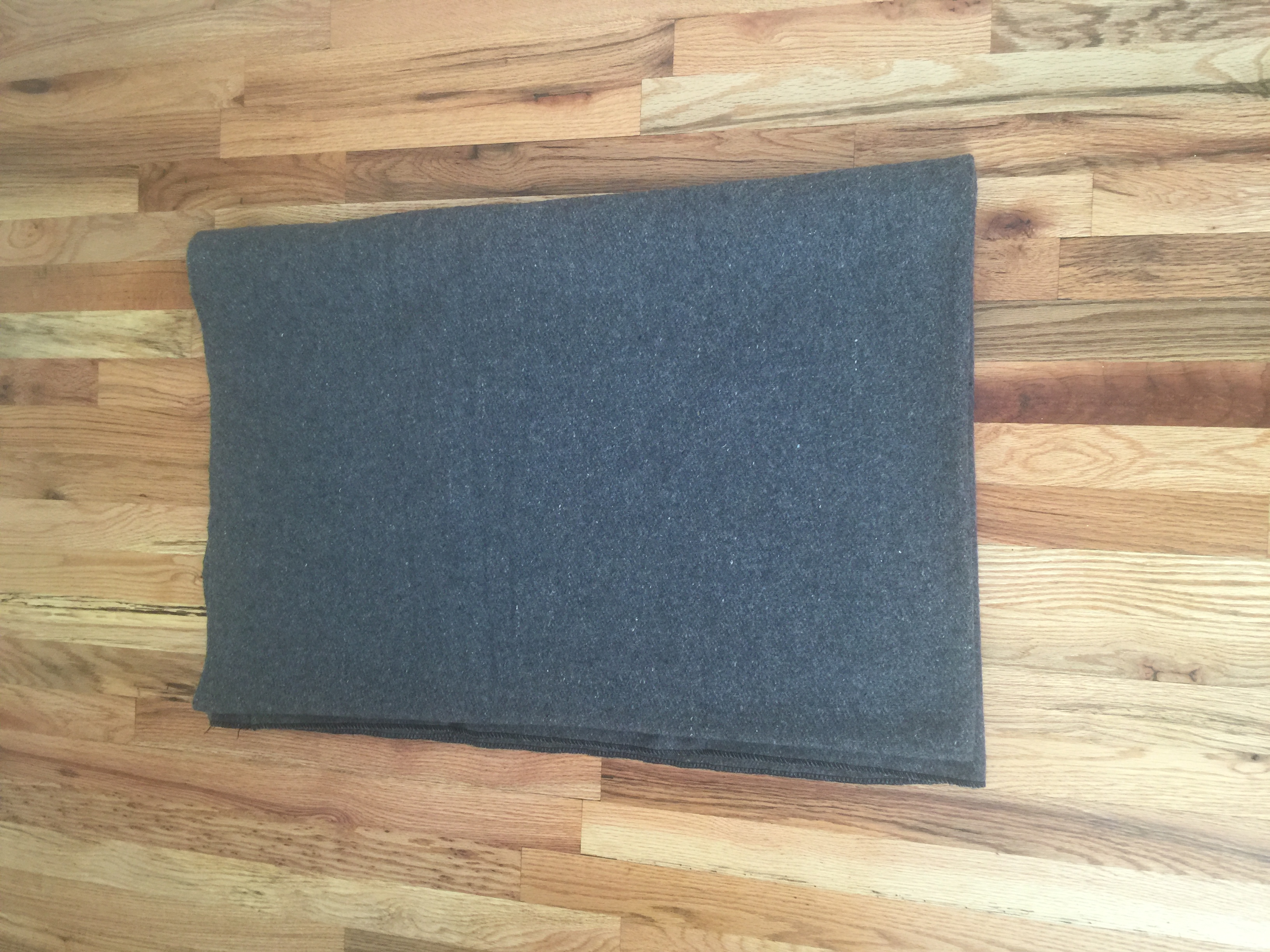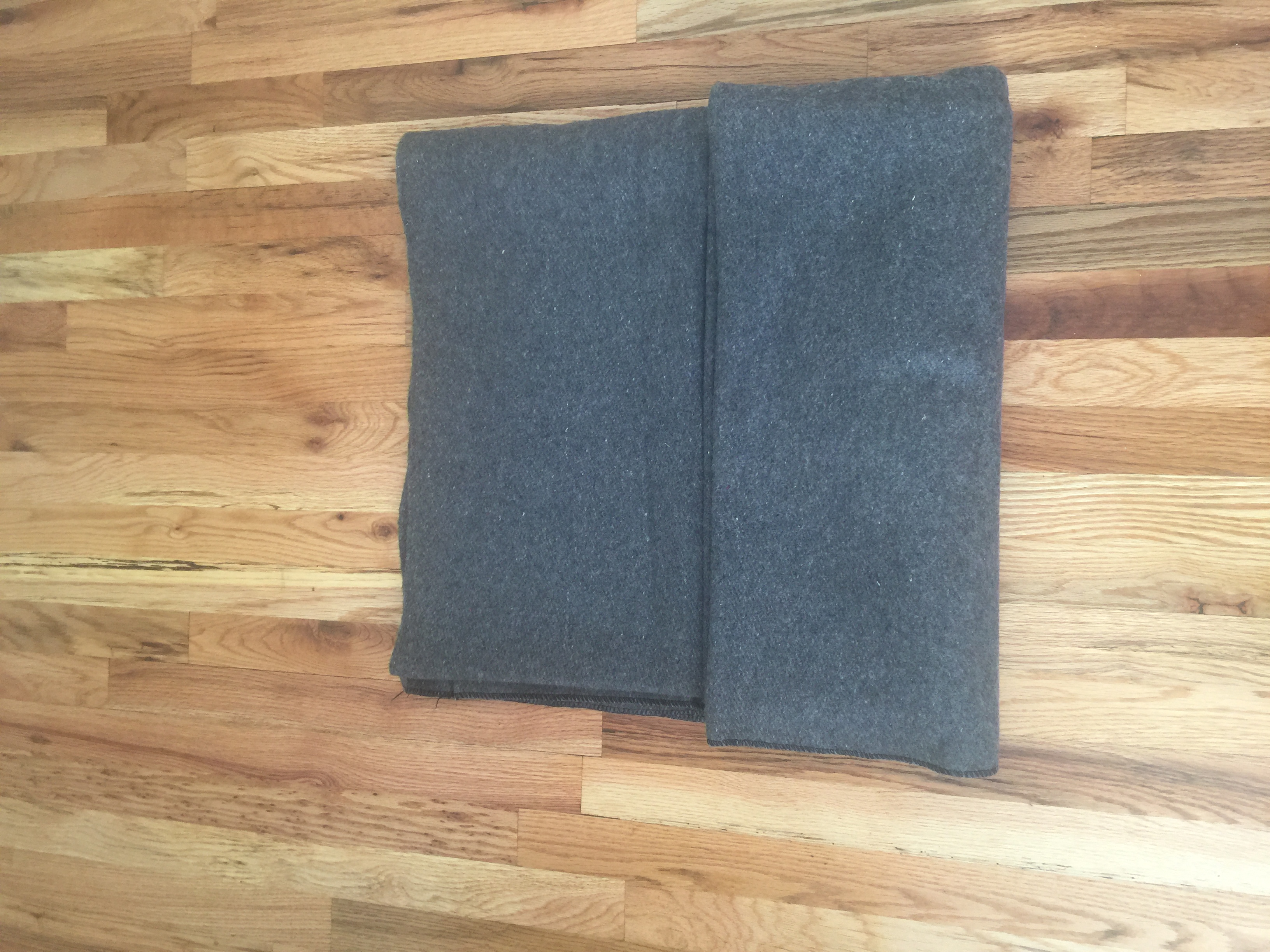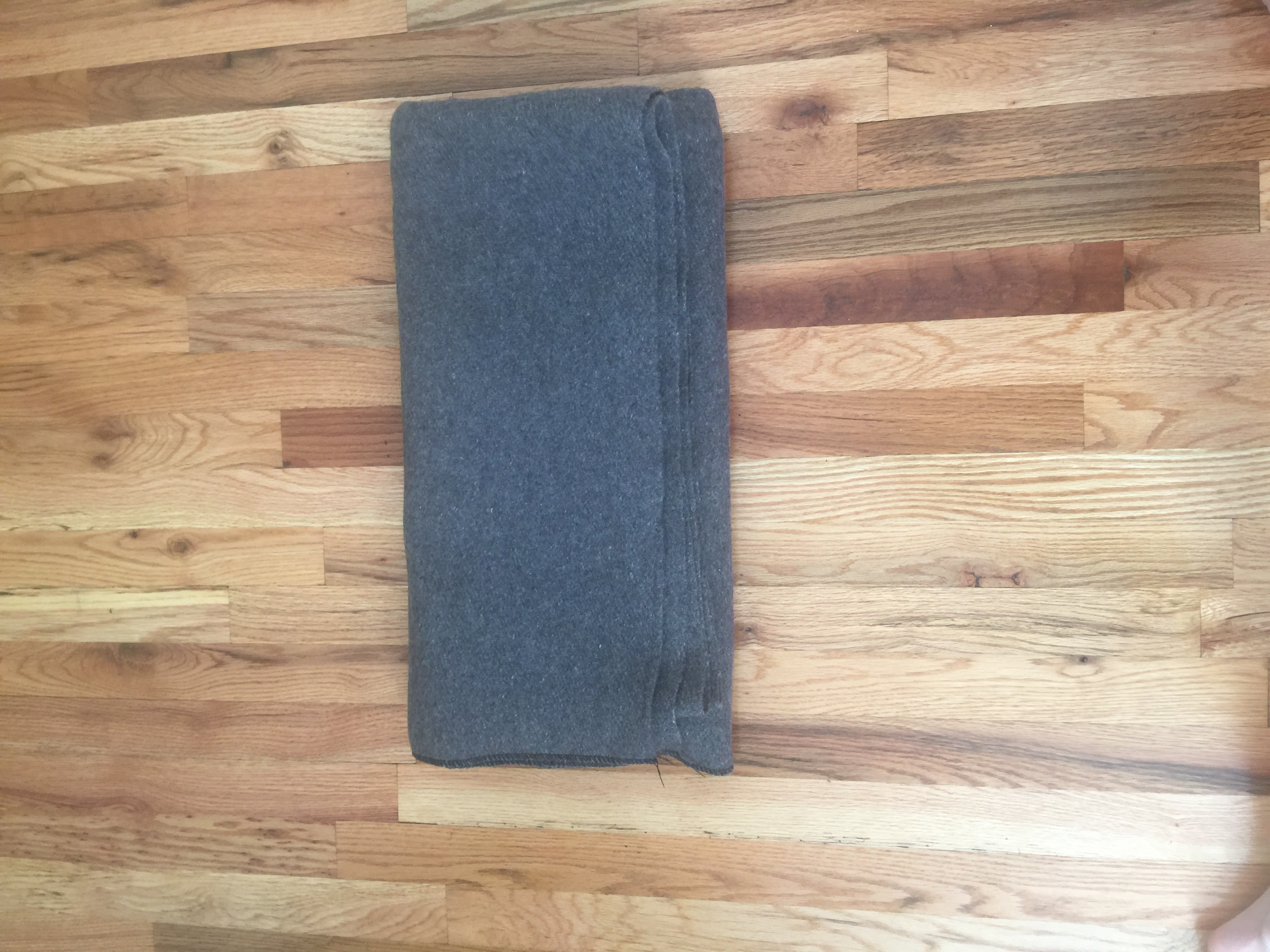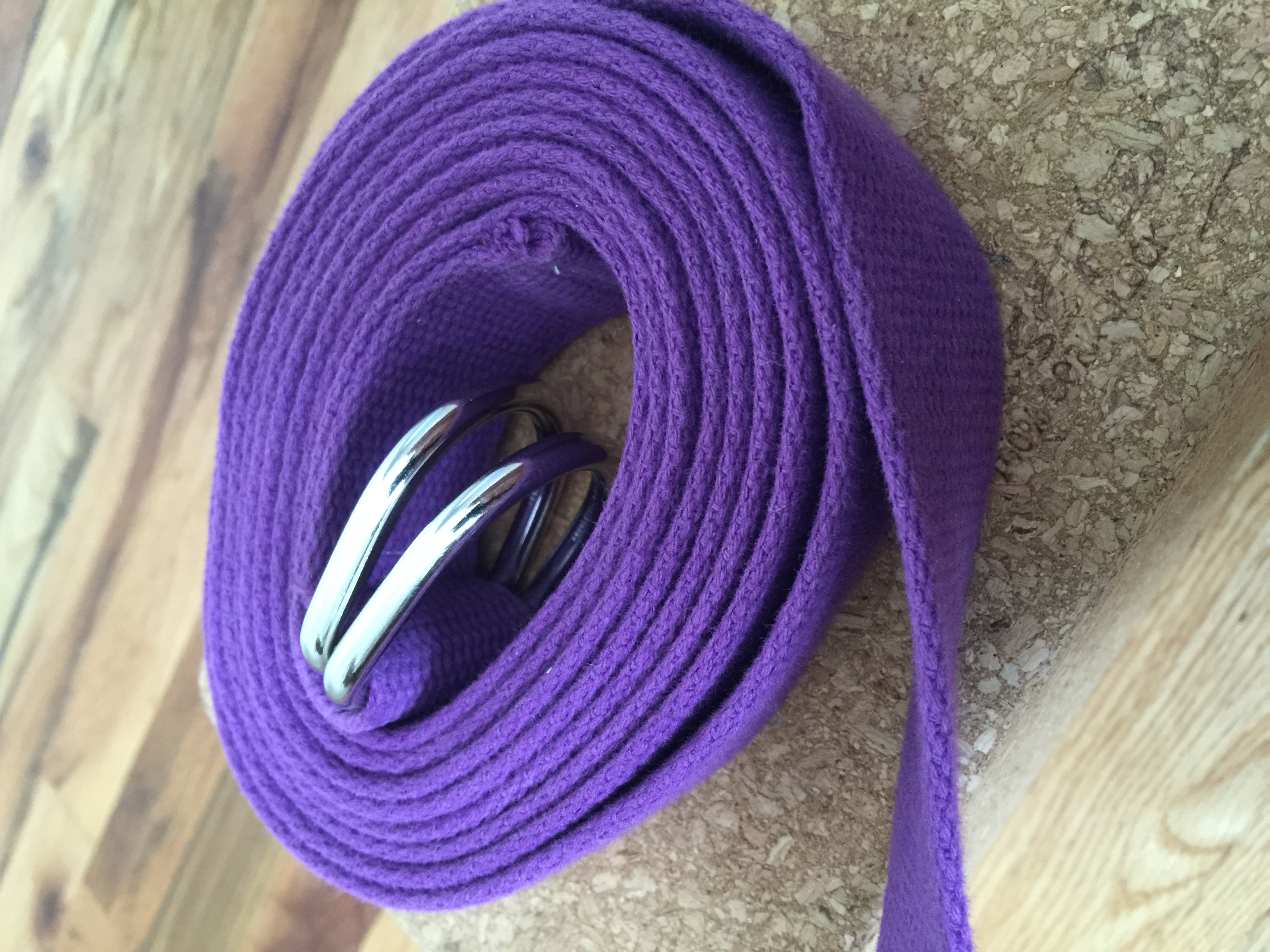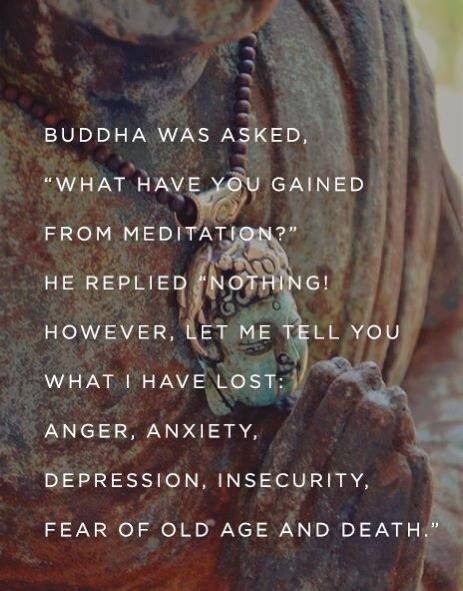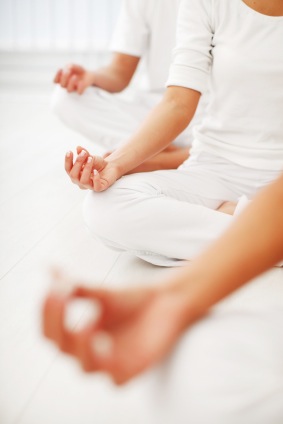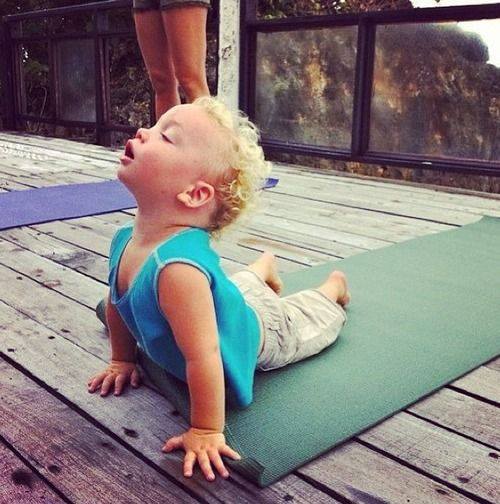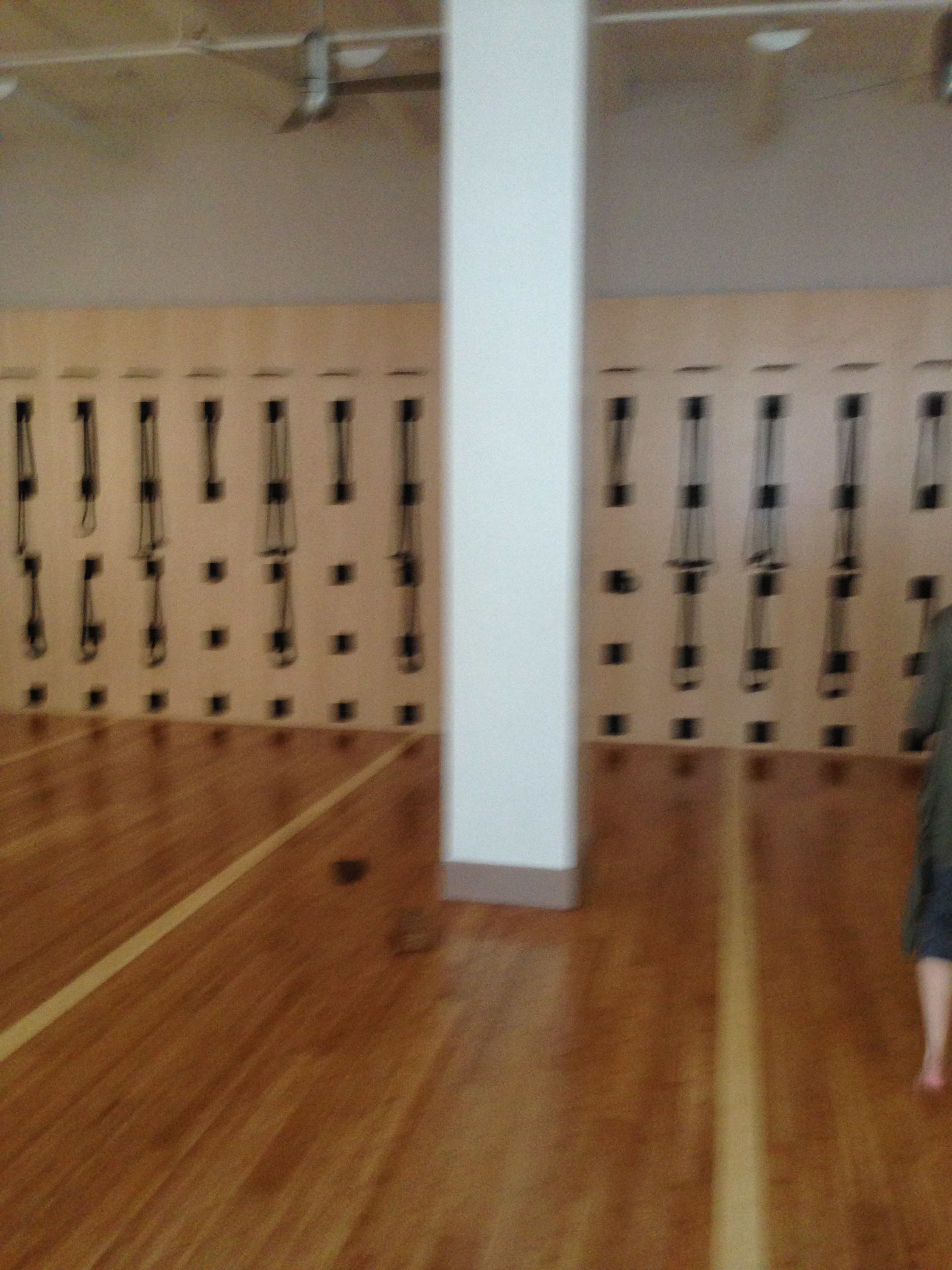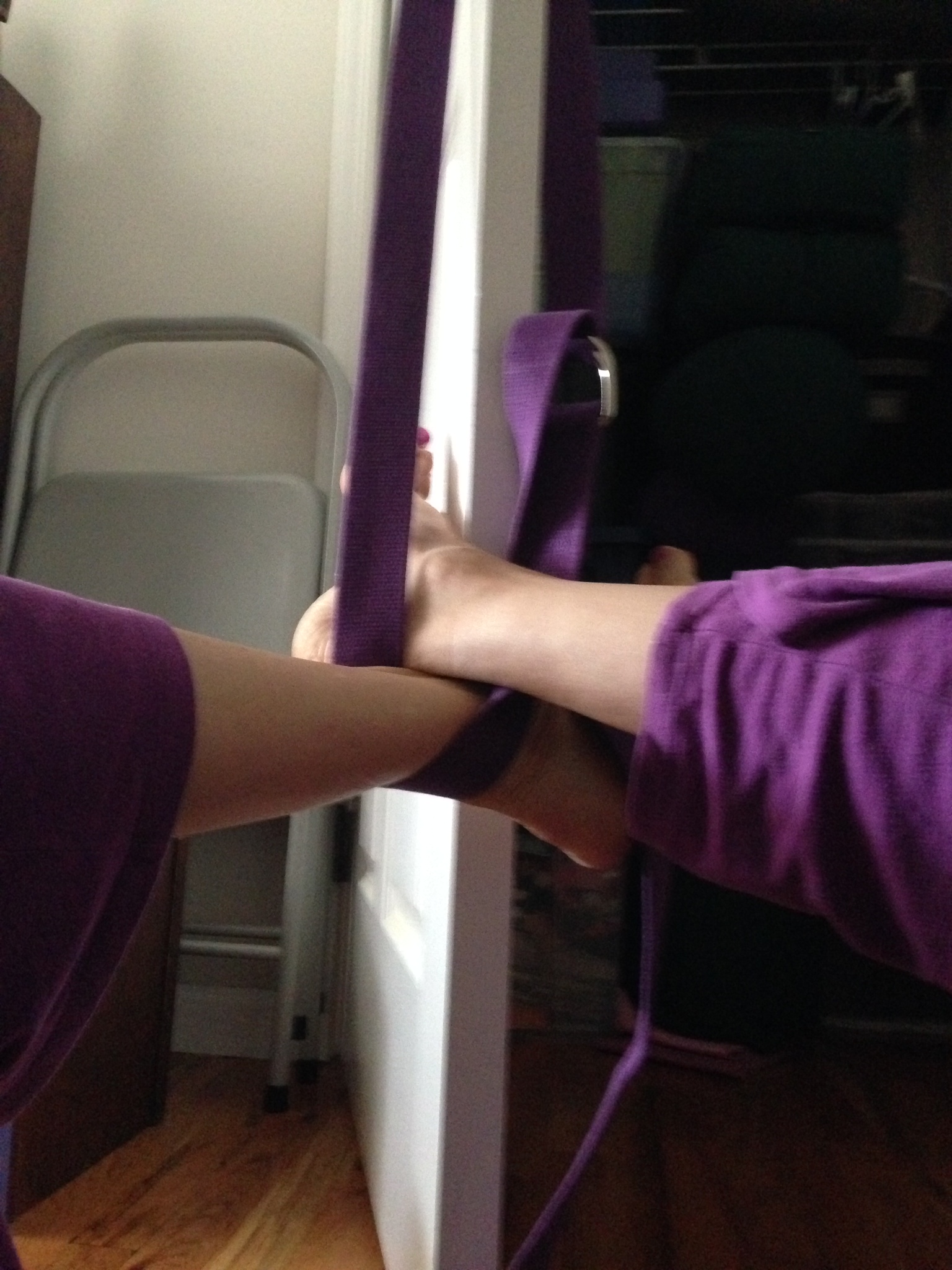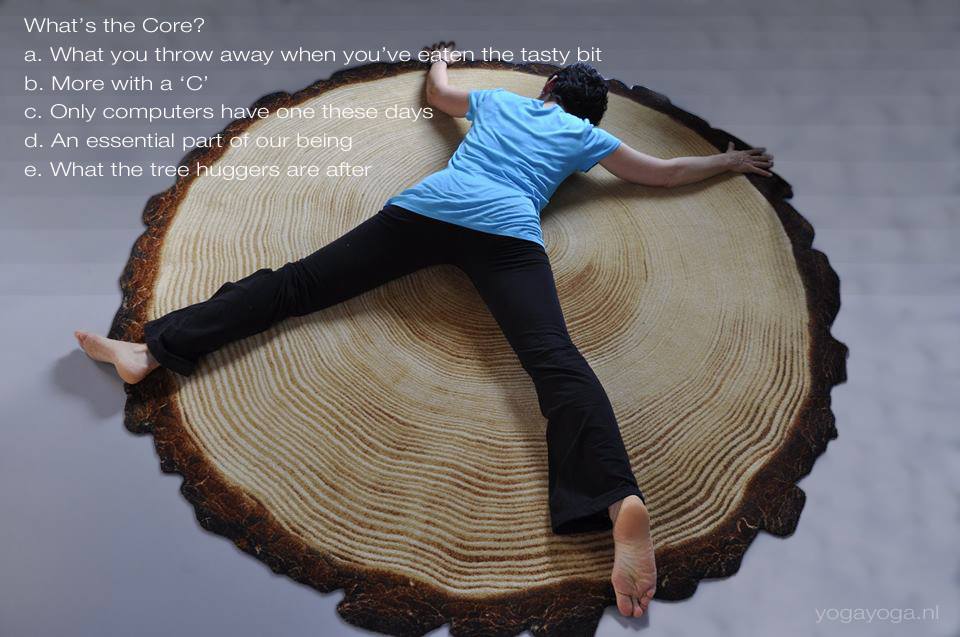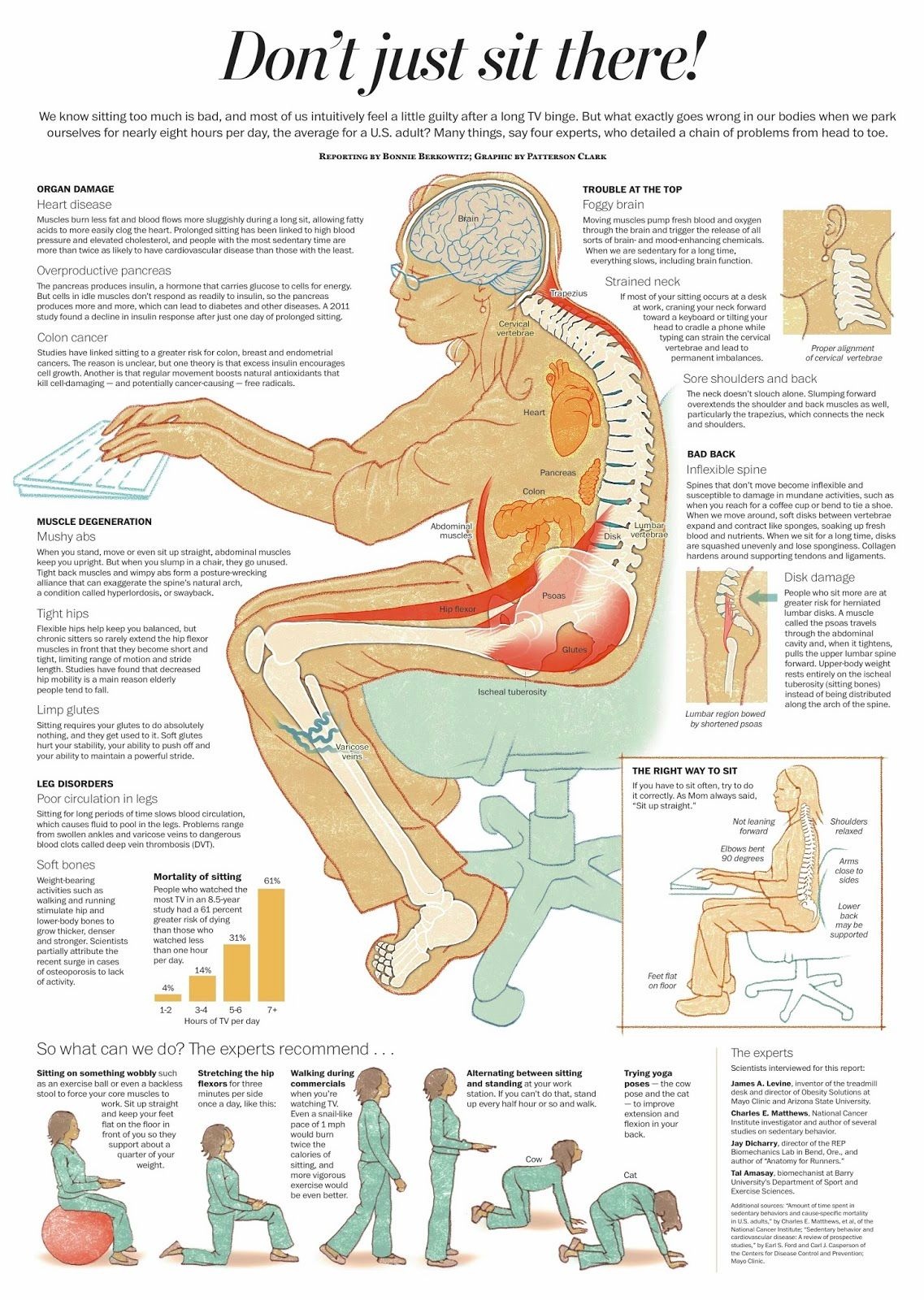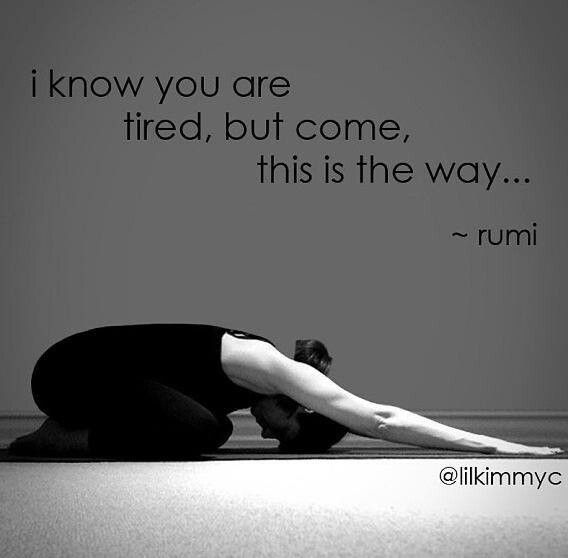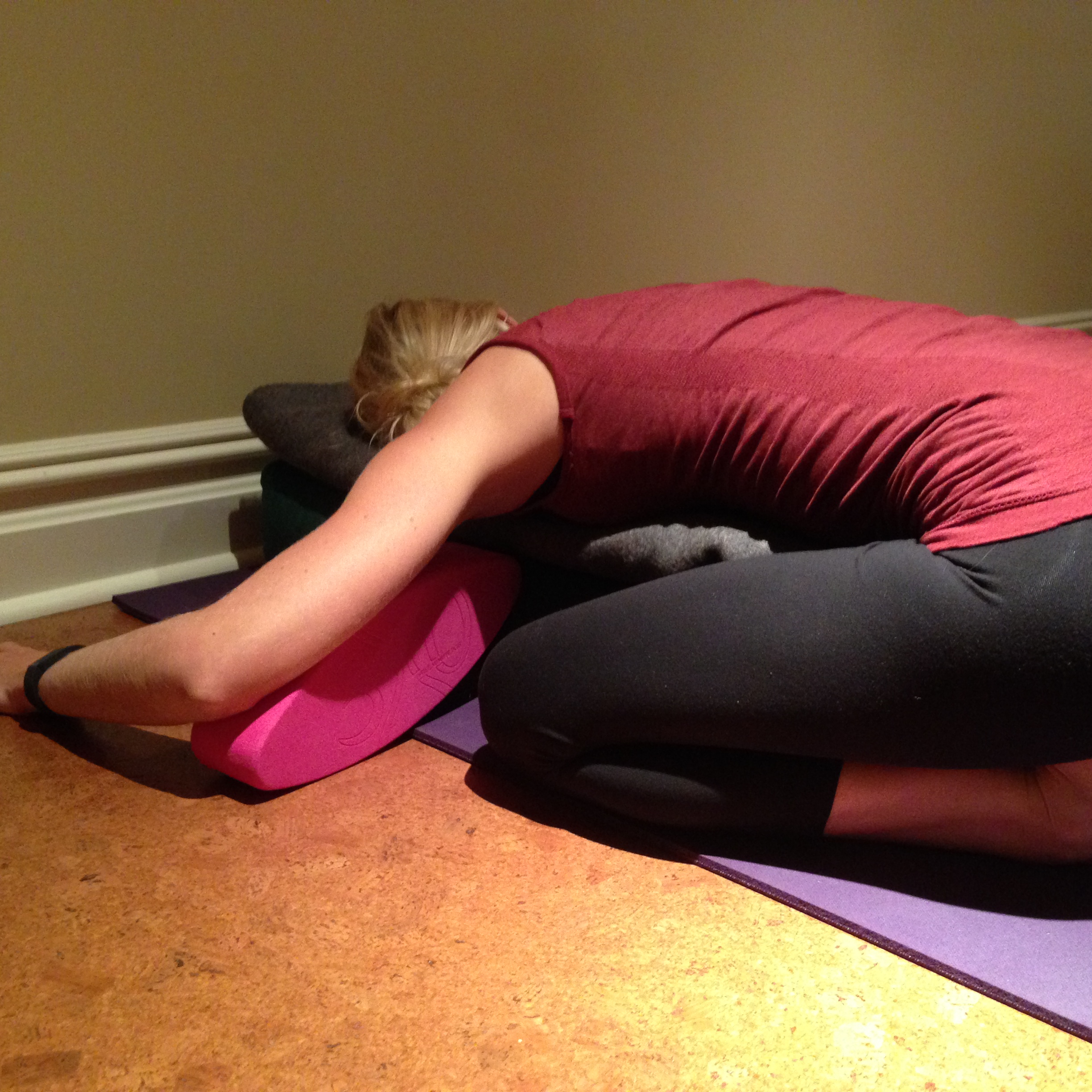Yoga Prop tutorial 101: The Blanket
Blankets are a staple yoga prop, and very useful for a restorative practice. While in many forms of yoga classes blankets are used during savasana, as a warm layer, there are other uses of them.
One of the things blankets do is soften the hardness of the floor, which allows the muscle fibers to relax. You can use a stack of blankets or just one. The height you choose will depend on the asana, the intention of use, and how much you want to bring the floor closer to you.
Finding The Right Height
I often see students using way too much height under the head, or not enough, and the result is not an improvement of the posture. You want to be able to release tension in a restorative practice, to support you body in any number of poses from backbends, chest openers, forward bends, twists, and simple seated poses.
Two simple uses of Blankets
How you fold blankets is an important factor in using them as effective yoga props. You can roll or fold them, stack them up, or use combinations. They can be substituted for bolsters. Folding them well means having clean edges so they retain their shape. Remember that a yoga prop is there to support you and provide feedback. If they are falling apart this cannot happen.
SINGLE FOLD: FOUNDATION: Starting with the short ends of the blanket, it gets folded in half, then folded again twice. Smooth all edges. As seen in above photo
DOUBLE FOLDED: Starting with the foundation fold one side into the middle, follow by the other side. Smooth all edges. As seen in above photo
The finished product, seen above, smooth edges can be used with another one together to make a nice bolster. Enjoy different ways to use yoga props in class today
Or book a private!
